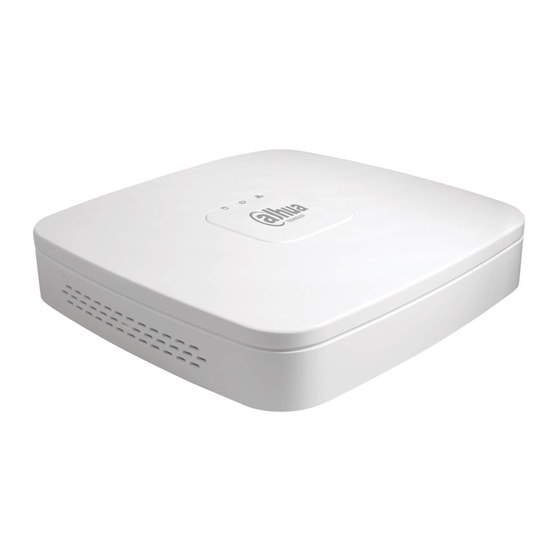
Dahua NVR41-4KS2 Series User Manual
Hide thumbs
Also See for NVR41-4KS2 Series:
- User manual (452 pages) ,
- User manual (490 pages) ,
- User manual (411 pages)















Need help?
Do you have a question about the NVR41-4KS2 Series and is the answer not in the manual?
Questions and answers